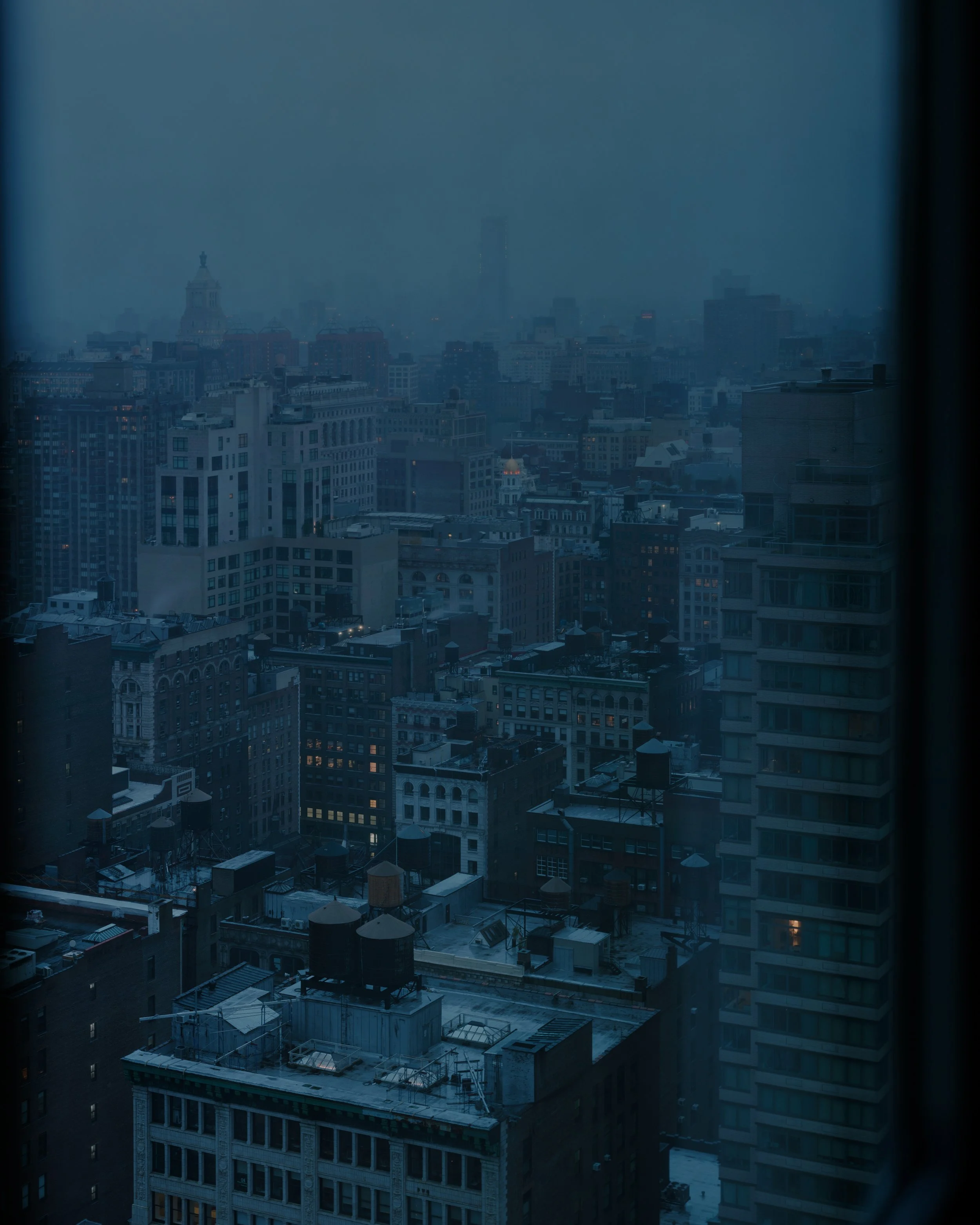Photography as Therapy
A conversation with Alec Soth on his journey and the 75th anniversary of Magnum Photos.
In 1947 photographers Henri Cartier-Bresson, Robert Capa, George Rodger and David Seymour created one of the most recognized artists’ cooperative ever: The Magnum Photos agency. For the last 75 years, Magnum has been representing some of the world’s most renowned photographers that mix journalism, artistry, and storytelling. Magnum photographers share a vision to chronicle world events, people, places, and culture with a powerful narrative that defies convention, shatters the status quo, redefines history, and transforms lives.
“Magnum is a community of thought, a shared human quality, a curiosity about what is going on in the world, a respect for what is going on and a desire to transcribe it visually.”
As part of their 75th-anniversary celebrations, 31 photographers and estates were asked to select an image for their archive that stands out to them today: an image that reminds them of an experience or a moment, that has stood the test of time.
Alec Soth. Cemetery. Fountain City, Wisconsin. 2002.
We had the opportunity to talk to Magnum photographer and exhibition-select Alec Sloth. Alec Soth’s work is termed “documentary style”. He works to capture the mythologies and oddities abundant in America’s disconnected communities, especially in the midwest, where he resides. He has an instinct for the relationship between narrative and metaphor, he is drawn to many comparisons to literature and overall believe photography to be fragmented: “ more like poetry than writing a novel”.
WTC: This might seem like a straightforward question, but I often find that in our pursuit of creativity - that be professional or personal - we sometimes forget why we fell in love with doing something for the first time. So… what made you fall in love with photography? And, do you still get that “first time” feeling?
AS: I came to photography through art rather than journalism. I went to college hoping to be a painter. Later I started making temporary sculptures outdoors and documented them with photographs. This led me to photography. I think about the newness I felt back then all of the time. For my whole career, I've experimented with small side projects as a way to relight that flame of newness. This has taken many forms: blogging, collaborations with writers and musicians, workshops with teenagers, self-publishing, and so on. This helps renew my energy when I return to photography.
WTC: Why people? Why did you decide to center your work around capturing and conveying the essence of a particular human, or group through a camera lens?
AS: I'm an introvert and often feel a lot of distance from other people. I use photography to explore this feeling and occasionally have moments of connection.
WTC: Your latest project, A Pound of Pictures, reads differently than anything you've done before. It translates as an ode to photography itself, and your journey with it. How was the experience of transitioning your own work, on both a conscious and subconscious level?
AS: My hope is that every major project will represent how I'm feeling in my life at any given time. But the process of getting in touch with that feeling is quite challenging. It often feels like intensive therapy! A Pound of Pictures is a project I only could have made during middle age. It simultaneously looks forward and looks back.
WTC: How would you describe your evolution as a photographer?
AS: Just like my evolution as a person, parts of me grow and parts of me die. I wouldn't say my work is better or worse as I've progressed – it is only different.
Alec Soth. New York City. 2018.
WTC: Your first photo book Sleeping by the Mississippi acts as a sort of anti-allegory of the American Dream. Considering everything that has happened since your first shot in this series, what is the representation of the American Dream for you now?
AS: I appreciate that this book can be read as being about America, but my experience of it is much more personal. For me, it is simply about charting my own path through the world. I'm still charting this path. The world, and America, look very different to me now, but I still find a similar mix of joy and frustration in finding my way into it.
“This twenty-year-old picture is mostly about mood, but I also love the details: the light on the headstones and the barely visible ghost image of a car departing.”
WTC: In previous interviews, you mentioned that your work is driven by some sort of psychological itch rather than an external source of inspiration. Is there anything happening right now within you that you wish to explore through photography?
AS: Definitely. But an important part of finding this internal motivation is keeping it private for as long as possible. I fear that exposing the gasoline caused it to evaporate.
WTC: Tell us about your photo selection for the upcoming Print Sale with Magnum Photos.
AS: In terms of photography, my associations with New York City are very strong. I think of all of the great photographers of different genres: street photography, fashion, and the art world. I've always felt outside of this culture and thus have mostly avoided taking pictures there. But a few years ago I was staying at an AirBnB and experienced a moment that spoke to this feeling of outsiderness. I felt connected to the city in a lonesome, Hopperesque sort of way. This feeling of simultaneous connection and disconnection is often what I look for in my work.
Magnum Photos’ Square Print Sale, is happening now at The Photographer’s Gallery in London, with an exhibition of the full collection of prints until October 23rd.
Explore other artists included HERE.
Images: Courtesy of Magnum Photos










